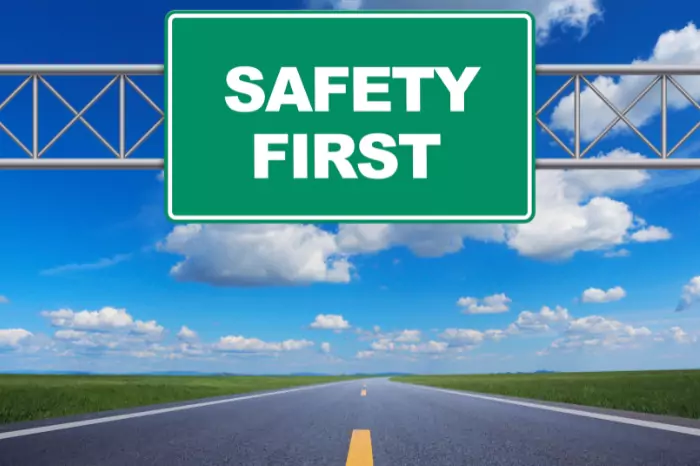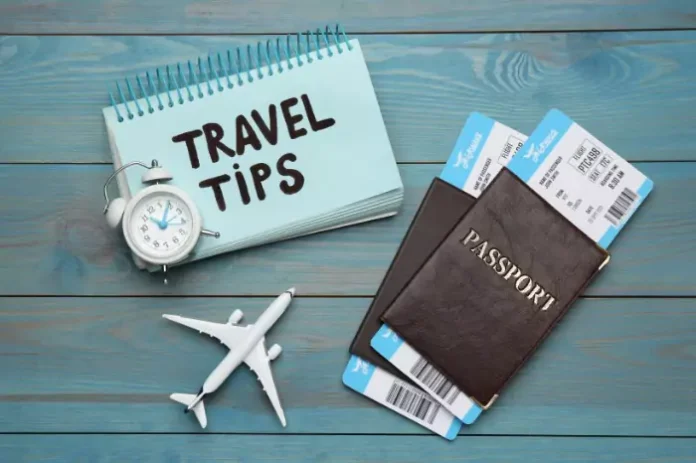Traveling offers an opportunity to explore new places, experience different cultures, and create lasting memories. However, it also comes with a set of challenges and risks that can jeopardize your safety and well-being. Whether you’re road-tripping, sailing, or driving in a new city, making informed decisions can help ensure that your journey is not only enjoyable but also safe. Here are three essential tips for making smart choices while traveling.
3 Key Travel Safety Tips for a Smooth and Hassle-Free Trip
1. Prioritize Safety Over Convenience

While it’s tempting to take shortcuts or let loose on vacation, especially when it comes to activities like driving or boating, prioritizing safety is crucial. In many cases, travelers tend to overlook risks in favor of convenience or having fun.
Unfortunately, this can lead to serious consequences. For example, alcohol and illicit drugs play a role in more than 15,000 car injury deaths each year. Whether you’re behind the wheel or navigating any form of transportation, it’s important to stay alert and avoid impairing substances.
In addition to the obvious dangers of driving while intoxicated, drugs and alcohol can impair judgment, reaction times, and overall decision-making skills—leading to accidents or risky behavior.
Always use designated drivers, avoid overindulging, and make sure you’re fit to drive or operate any vehicle, especially when traveling in unfamiliar places.
Whether you’re taking a long road trip or exploring a new city on foot, take time to assess the situation before jumping into any mode of transportation. In case you’re boating or renting a vehicle, review safety measures, obey local laws, and make sure you’re well-prepared for the journey.
2. Understand Your Equipment and Mode of Transportation
Before embarking on any trip, it’s important to understand the gear or equipment you’ll be using. This is especially true if your travels include recreational vehicles like boats or rentals. A key point to remember is that most boats sold today are for recreational use and are powered by engines.
In 2022, according to Consumer Affairs, the majority of registered boats were powered this way. While these boats can provide an excellent means of exploring waterways and relaxing on the open water, they also come with their own set of risks if not handled properly.
Before setting sail, it’s crucial to familiarize yourself with the boat’s operation and safety features, whether it’s checking the engine’s fuel levels or ensuring life jackets are readily available.
Similarly, renting vehicles, such as cars or motorcycles, requires a level of preparation. Ensure that you’re comfortable with the vehicle’s controls and features, especially if you’re driving in a new area.
Take a moment to review the rental company’s policies, including insurance coverage and emergency contact details, so that you’re fully equipped in case something goes wrong during your travels.
Whether you’re navigating the open seas or the open road, understanding the equipment at hand will make your trip enjoyable and safer.
3. Plan for Long-Term Durability

When traveling, it’s easy to get caught up in the excitement of the moment and neglect the long-term maintenance of your vehicle or equipment. However, neglecting this important aspect can cause unnecessary stress and potentially dangerous situations.
For example, if you’re road-tripping in your own car with your family, it’s important to be aware of its condition and how much wear and tear it may have sustained over time. The average distance a car will travel before needing its transmission repaired is between 150,000 and 200,000 miles, according to the Transmission Repair Cost Guide.
If you’re planning a long journey, check your car’s maintenance schedule and ensure it’s in good working order before you hit the road.
For travelers venturing into remote areas or unfamiliar regions, it’s especially critical to understand how far your car or vehicle can go before requiring significant repairs.
Preventative maintenance—like checking tire pressure, oil levels, and transmission function—can save you from encountering major issues in the middle of your trip. It’s also wise to know the nearest service stations or repair shops along your route, just in case you need assistance.
Conclusion
Traveling is an enriching experience that can be filled with adventure, but it’s also important to stay grounded in making smart choices that prioritize safety, preparation, and long-term considerations. Whether you’re navigating busy roads, cruising on a boat, or relying on your car for an extended journey, taking steps to ensure your well-being can make all the difference.
By staying alert and informed, knowing your equipment, and preparing for the long haul, you can make the most out of your travels while minimizing risks. After all, the goal is not only to reach your destination but to do so safely and confidently. Happy travels!





